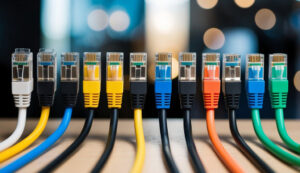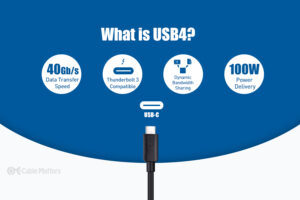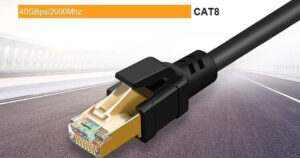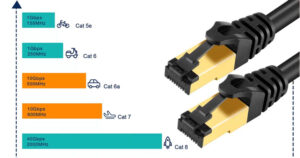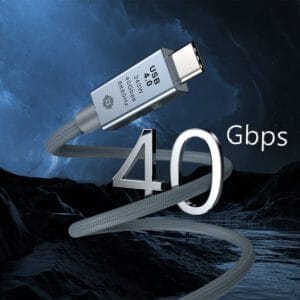
Cat6 против Cat7: баланс между стоимостью и производительностью домашних сетей
Введение Выбор между кабелями Cat6 и Cat7 зависит от баланса между требованиями к производительности и бюджетными ограничениями. Хотя Cat7 обладает расширенными техническими характеристиками, Cat6 остается экономически выгодным решением для большинства жилых объектов. В этой статье рассматриваются возможности экранирования, ограничения пропускной способности и компромиссы в стоимости. Экранирование Cat6 и Cat7: Устойчивость к шуму в домашних условиях Кабель Cat6: Выпускается в вариантах UTP (неэкранированный) и STP (экранированный). UTP: экономически эффективен для помещений с низким уровнем помех (например, гостиных). STP: Экранирование фольгой минимизирует перекрестные помехи при плотном монтаже (например, вблизи бытовой техники). Cat7: стандартизированный с экранированием S/FTP (индивидуальное + общее фольгирование), идеально подходит для экстремальных ЭМИ, но избыточен для обычных домов. Ключевой момент: В большинстве домов не требуется надежное экранирование Cat7.

